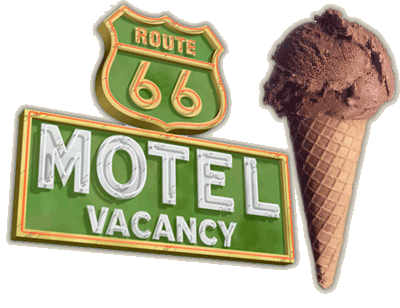I’ve written before about how people’s perceptions can easily get confused when dealing with other cultures, like how millions of Japanese think that “motel” is a euphemism for “love hotel” in English, or that ice cream cones are so called because they’re made of corn, which has the same pronunciation as cone when rendered in katakana. Impressionable Brits growing up thinking that spaghetti is grown on trees might be another example. My own Japanese language education at SDSU erred on the side of polite language enough that when I actually came here, the actual speech entering my ear seemed quite rude to me, although it was just normal colloquial Japanese. I remember being surprised that stop signs used the informal command form of the word stop (tomare, toh-mah-reh) rather than some of the more polite-sounding verb forms I’d studied — a very silly thing to think. The other day I was watching a Ken Burns documentary about Thomas Jefferson with my wife, and she remarked on how amazing it was that a Japanese person could make such an interesting film about American history. “He’s not Japanese. He was born in Brooklyn.” She was surprised: “You mean Ken is an American name, too?” Somehow she had gotten it in her head that the name of Ken was exclusive to Japan, and anyone with that name must be of Japanese descent. When she read Ken Brown saying “Is this a church? Yes, it is” in her junior high English textbook she pictured him as a half-Japanese or nisei man living in America, and had carried that impression with her all her life. It follows that that she thought Barbie’s boyfriend was also Japanese, and she took some pride that a nihonjin had bagged himself such a famous American girl.

It can be easy to get the wrong idea about other countries.















